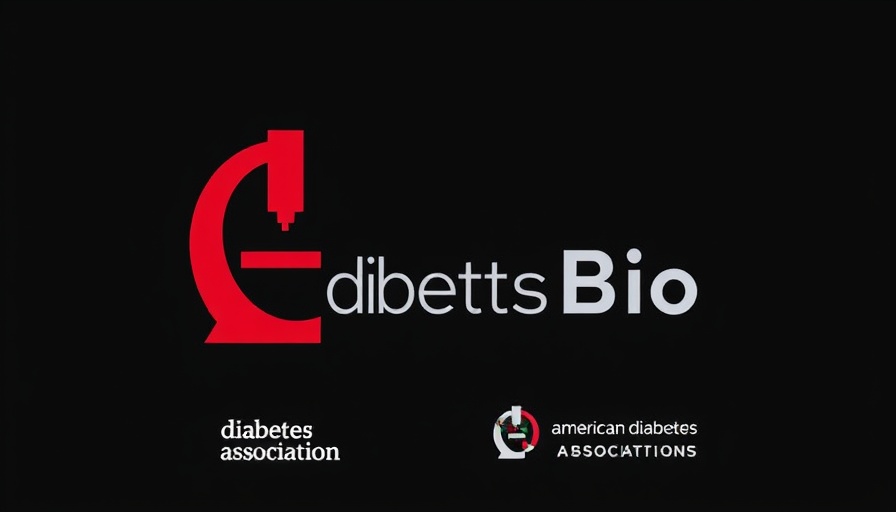
Revolutionizing Cancer Detection: The Promise of Blood Tests
Recent advancements in medical technology have unveiled a groundbreaking blood test capable of detecting multiple types of cancers in their early stages. Researchers have proposed that this innovation could substantially change the landscape of cancer treatment, potentially preventing late-stage diagnoses in about 50% of cases. Such early detection methods hold the key to increasing survival rates and improving the quality of life for countless patients.
Understanding the Science Behind the Blood Test
The concept of using blood tests for cancer detection is not entirely new; however, the techniques being developed are more sophisticated than ever. These blood tests analyze circulating tumor DNA (ctDNA) which is shed into the bloodstream by tumors. Scientists focus on specific markers that signify the presence of cancer cells, allowing for a non-invasive and rapid diagnostic method. This is particularly crucial as traditional diagnostic methods often involve complex multi-step processes that can delay treatment.
Potential Impact on Patient Survival Rates
Doctors have long understood the importance of early detection; it can be the difference between effective treatment and terminal prognosis. The new blood test could lead to faster diagnosis, which experts believe might double the survival rates for several cancer types by catching them before they progress to advanced stages. Early-stage cancers often require less aggressive treatment, which can lessen the physical and emotional toll on patients, improving their overall outcomes.
Challenges and Considerations
Despite the promising results, this blood test isn't without its challenges. The process of developing reliable cancer detection tests is complex and time-consuming, with extensive validation required before they can be widely adopted. Questions remain regarding specificity and sensitivity; it’s vital that the tests accurately identify cancers without generating false positives that could lead to unnecessary anxiety or treatment.
The Future of Cancer Detection
With the rise of personalized medicine, the future vision for cancer detection will likely be integrated with genetic profiling and tailored therapies. Advances in blood testing technology could pave the way for combining cancer screening with individual patient data, resulting in more effective monitoring strategies and treatment plans.
Global Perspectives on Cancer Treatments
Globally, regions have varying access to cutting-edge medical technology. The rapid development of these tests raises questions about equity in healthcare. While wealthier nations may quickly incorporate such advancements into their healthcare systems, there is a pressing need to ensure that underserved populations also benefit from these innovations. Addressing disparities in healthcare access will be crucial in the widespread adoption of new cancer detection methods.
What Should Patients Know?
For patients and families navigating cancer diagnoses or treatment, this new blood test offers hope. Engaging in discussions with healthcare providers about screening options and understanding the significance of early detection can empower patients. Advocacy for access to emerging technologies could be impactful in shaping future healthcare policies.
In conclusion, the development of innovative blood tests for cancer detection heralds a new era in oncology, offering the promise of significantly better outcomes for patients through early intervention. As this technology continues to evolve, staying informed and engaged is vital for patients and their families.
 Add Row
Add Row  Add
Add 




Write A Comment